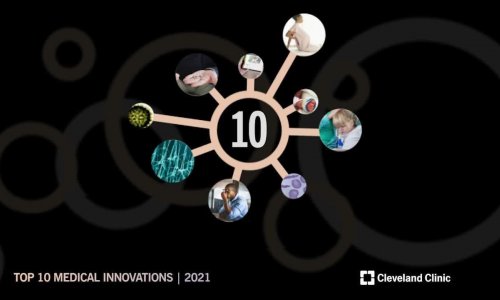Pain therapy for urological patients
Diana Wiesner MD, of the Urology Clinic at the Deaconess Hospital, Dessau, Germany, sums up recent perceptions and practices
Pain is the most common symptom of any illness thus having an alerting function to evoke protective responses. If tissue damage has happened as a consequence of surgery, obstruction, injuries, or cancer a cascade of changes in the peripheral and central nervous system occurs leading to physical inactivation, an increase of morbidity thus delaying hospital stay and treatment costs.

In urological patients there are different underlying causes and consequently types of pain requiring individual goal-directed treatment approaches e.g. for cancer pain, colics, and postoperative somatic or visceral pain. Consequently, therapeutic goals differ considerably.
Recently, the European Association of Urology (EAU) has published updated guidelines based on a systemic literature review which are graded in order to provide transparency between the underlying evidence and recommendations given.
In cancer patients pain relief has usually palliative goals and should be individualised. According to current understanding causal therapy is superior over symptomatic therapy and local therapy should be preferred over systemic therapy. Systemic analgesic pharmacotherapy is the mainstay of cancer pain management and known as the “analgesic ladder” as recommended by the WHO. This ladder includes a stepwise augmentation of pharmacotherapy from non-opioid analgesics (NSAIDs) + adjuvants (prednisone) to non-opioid analgesics + strong opioids +adjuvants. Additionally hormonal therapy, chemotherapy, and irridation may be effective. When combined with appropriate dosing guidelines this approach may provide adequate pain relief to up to 90% of patients.
A major part however is acute pain related to acute illness or as a consequence of surgery. Notably postoperative pain has been considered by both surgeons and patients an inevitable consequence of surgery for a long time. However untreated acute pain not only impairs patients’ well-being and comfort but also delays recovery and ambulation thus increasing treatment costs. Furthermore by augmenting the sympathetic outflow untreated pain may lead to a significant increase in postoperative morbidity such as thrombosis, heart failure, ileus etc. and further to the development of chronic pain. Hence, adequate post-operative pain relief is a major therapeutic goal in recent clinical pathways. Such pain therapy includes conventional systemic pharmacotherapy as well as neural blocks. Conventional NSAIDs (non-selective COX inhibitors), paracetamol, and COX-2 inhibitors may be adequate for oral application in minor procedures. Metamizole is an effective antipyretic and analgesic drug for treatment of minor pain (e.g. transurethral procedures, ESWL) or renal colics. If severe pain occurs postoperatively strong opiods may be added orally or systemically. It should be considered that when using opioids intravenous patient-controlled analgesia provides superior analgesia by improving patients’ satisfaction and decreasing the risk of respiratory complications that may occur if opioids are administered by a strict rather than an individual regimen. Recently, peripheral neural blocks have been increasingly used for minor procedures allowing early patients’ discharge home and reducing the risk of hospitalisation in day-case surgery due to unbearable pain or postoperative nausea and vomiting. For major surgery central-neuraxial blocks such as continuous thoracic epidural analgesia with local anaesthetics have been shown to be superior over systemic pharmacotherapy by significantly reducing sympathetic outflow and consequently reducing cardiac, respiratory and gastrointestinal complications.
In summary, beside the self-evident physicians’ ethical obligation to relieve patients’ pain and discomfort sufficient pain therapy is of steadily increasing economical impact, thus of outstanding importance for the physicians and hospital owners as well.
16.11.2009




